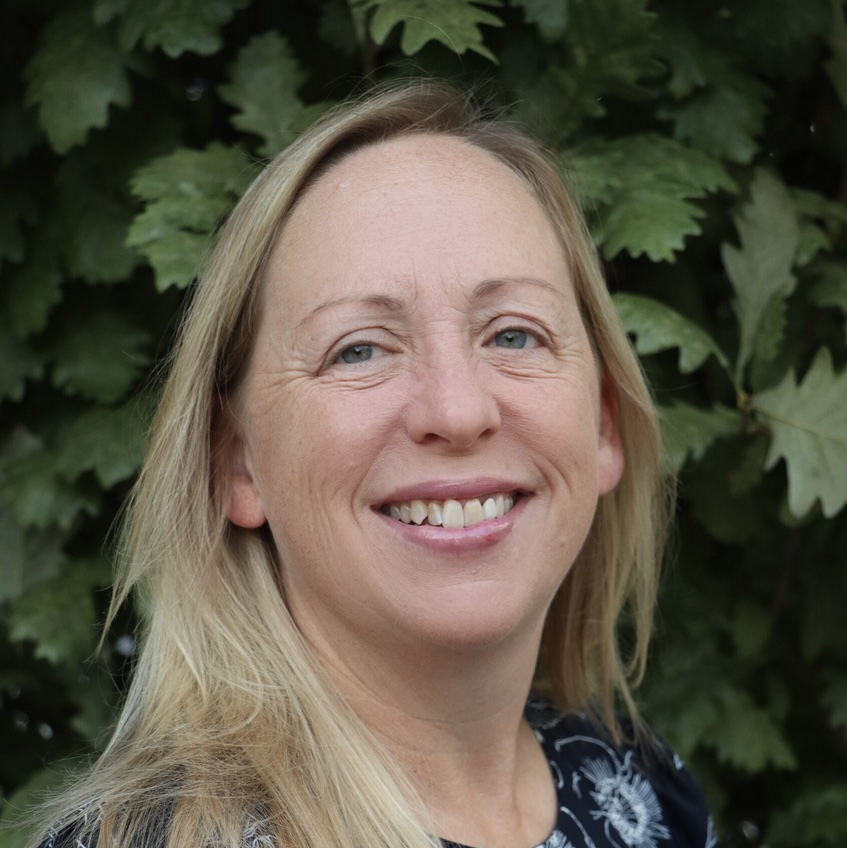One of Michael Han’s least favorite tasks during his surgical days was dictating operative notes. And so, the idea of being able to automate that process and remove some of the documentation burden from surgeons is extremely appealing. In fact, he believes the ability to generate notes from a video recording “isn’t that far off.”
However, he also believes clinical documentation shouldn’t be the primary objective with AI technologies – at least, not yet. For now, it should be all about the “administrative, non-sexy stuff; that's where the technology is right now,” said Han during a recent Keynote Interview.

Michael Han, MD
At MultiCare Health System, where he serves as CMIO, that’s precisely the plan: to leverage AI capabilities to address the pain points associated with call centers, scheduling, and managing referrals and prior authorizations.
In doing so, “we can reduce our overall costs, which should result in improved productivity,” he said. “We’ll get to the clinical space eventually, but we’re not there yet. Let’s focus first on all of the administrative things that have to occur around the delivery of care.”
And of course, on reaping benefits of using AI to automate scheduling and prescription refills and address frequently answered questions, which in turn can free up individuals to focus on more complex issues. “It’s about controlling costs as much as possible,” he said, while also improving the experience for patients and staff.
One area where he sees a great deal of potential is the ambulatory space, where large language models can be used to assist in preparing and summarizing charts and identifying care gaps. Having data in the right place, he noted, can help providers determine which labs or tests are needed, and quickly access referral and authorization information.
Post-acute appointments also stand to benefit, as physicians can leverage ambient listening to draft summaries that include all the pertinent information, and in a language that patients and caregivers understand. “We’re talking about referrals to other physicians, advanced imaging, prior authorization that needs to occur, and scheduling that needs to occur,” Han said. “It’s making sure you’re the medical home and patients take those next steps,” such as consulting with a cardiologist prior to surgery. This way, if the cardiologist requires an EKG or echo, for instance, it can be done and reviewed ahead of time.
As a result, “the patient’s encounter is as high-value as possible. This is how we’re going to be able to extract more productivity out of the system,” he added. “Because right now, there's too many times where patients show up at a specialist visit or a primary care visit without having had the tests and gone through necessary steps. I’m excited about improving the value of those visits.”
He’s perhaps even more excited about the clinical documentation piece – and the opportunity it presents for frontline workers. Through AI-powered automation, “we’re no longer requiring some of our most highly educated and highly paid resources to enter data,” Han said. With that burden removed – or at the very least, lessened, “it gives physicians and nurses more bandwidth to understand and analyze the data,” which can lead to better outcomes.
In preliminary trials at MultiCare, ambient technology has already scored high marks in these areas. “We haven’t seen a decrease in time in chart, but we have seen a decrease in time in documentation, with an increase in chart review and in orders,” he noted. “That means physicians are using their increased time to analyze and understand the chart and act on it. Which we think is an excellent narrative, and so, we’re extremely bullish on what Ambient can do in this space.”
However, no matter how much potential a solution might have, technology is only one piece of the puzzle. In order for ambient tools to succeed,
With ambient tools – along with any other technology, for that matter – the path to success is in conquering the other two parts: people and process. This, according to Han, is where CMIOs or other informatics leaders play a critical role by helping users understand WIIFM (what’s in it for me).
“If I enter this data, how is it going to help me with my patients? Helping them understand the ‘WIIFM’ is critically important in establishing trust and credibility with the medical staff,” he said, which can go a long way toward driving adoption.
Just as critical, Han noted, are the processes that are in place. And there’s no better time to test those processes than when a new technology is being introduced. “It’s an opportunity for you to examine the existing workflow and optimize the workflow with technology in mind,” he said. “Because you don’t want to automate chaos. You don’t want to automate a bad process. You want to make the process as clean as possible so that it can be automated, and so that you can actually improve outcomes.”
Also critical, of course, is the people aspect, which can be a significant hurdle in gaining adoption. What often happens, according to Han, is that one department head might advocate for a solution while another is resistant to it. One way to avoid that, according to Han, is to encourage stakeholders to get involved from the beginning and help identify the problem before choosing a solution.
The key, he noted, is in “guiding end users to the problem that you’re trying to solve, and working in collaboration to come up with a solution.”
And while that may not be the easiest aspect, it is the most important, Han noted. “If you don’t lay the foundation in terms of the people and the process, it’s not going to work; no matter how good the technology is, it's not gonna be adopted.”
On the other hand, if organizations approach the people, process and technology pieces deliberately, healthcare will move closer to realizing the benefits of AI tools.


Questions about the Podcast?
Contact us with any questions, requests, or comments about the show. We love hearing your feedback.

© Copyright 2024 Health Lyrics All rights reserved